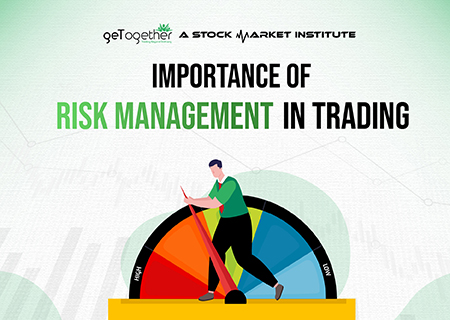Understanding the Importance of Risk Management in Contemporary Business Practices
Understanding the Importance of Risk Management in Contemporary Business Practices
Blog Article
The Important Significance of Risk Management in Getting Organizational Objectives
In the rapidly developing business landscape, the capability to navigate uncertainty has actually come to be an imperative. This is where Risk Management action in, giving a structured strategy to determining, examining, and mitigating prospective roadblocks to advance. It's more than simply a safety action - it's a calculated device, fostering durability and advancement. As we check out the critical role of Risk Management in attaining business objectives, one can not ask yourself yet help: how does this equate into real-world success?
Recognizing the Concept of Risk Management in Service

The Integral Function of Risk Management in Strategic Preparation
Integrating Risk Management into strategic planning works as a safeguard for organizations, anchoring their long-lasting plans with a solid structure of preparedness and strength. It runs as the organization's radar, detecting possible risks and vulnerabilities that might interrupt the course in the direction of achieving their mentioned objectives. Risk Management uses a structure for anticipating uncertainties and creating ideal feedbacks, guaranteeing the organization's survival and prosperity even despite hardship. By including Risk Management into strategic preparation, companies can change these unpredictabilities into opportunities for growth and technology. This tactical interweaving of Risk Management cultivates flexibility, making organizations more durable and enabling them to browse the ever-changing organization landscape with confidence. Risk Management becomes an indispensable device in calculated planning, important in securing lasting success.

Strategies for Identifying, Assessing, and Focusing On Threats
The procedure starts with Risk identification, utilizing devices such as SWOT evaluation, which helps in identifying possible threats and chances. Next off, Risk analysis is conducted to identify the prospective impact and chance of each Risk. Threats are focused on based on their possible effect and probability, enabling organizations to focus their resources on critical dangers.
Guarding Business Workflow Via Effective Risk Management
In business landscape laden with uncertainties, efficient Risk Management plays a critical role in safeguarding organizational procedures. It functions as a safety shield, reducing the unfavorable effects our website of potential threats and More Bonuses ensuring the smooth performance of all procedures. By determining and examining possible risks, Risk Management makes it possible for companies to establish durable contingency strategies. This precautionary technique aids in maintaining functional stability, also when challenged with unforeseen scenarios. Essentially, Risk Management is the lifeline that maintains the business operations afloat amidst turbulent waters. It ensures not only the survival but the lasting development of a company, making it an indispensable tool in accomplishing organization purposes. Hence, companies have to spend in thorough Risk Management approaches to secure their procedures.

Converting Possible Risks to Opportunities: The Power of Risk Management
While possible dangers might at first appear as roadblocks to business success, efficient Risk Management can transform them into opportunities. A positive technique to risk Management includes recognizing, analyzing, and focusing on risks to devise techniques that turn them right into possible advantages. This procedure necessitates the development of a risk-aware culture within the company, urging people to view risks as potential drivers for modification and development, instead than plain hazards. importance of risk management. Through this lens, potential threats become chances to introduce, boost procedures, and strengthen resilience. Thus, by leveraging the power of Risk Management, organizations can not only protect their procedures yet also stimulate development and achieve their objectives in an unpredictable service environment.
Case Studies: Success Stories of Risk Management Driving Business Objectives
Effective application of Risk Management methods has generated outstanding outcomes in different organizations, highlighting the advantages of this method. International business like Microsoft and Google, for instance, have actually leveraged Risk Management to minimize dangers and exploit possibilities, driving their pop over here company objectives onward. These examples show exactly how successful Risk Management can not just steer companies clear of potential risks but additionally lead them towards their critical objectives.
Verdict
In verdict, Risk Management is essentially critical in attaining business objectives. By integrating Risk Management into strategic preparation, organizations can much better browse unpredictabilities, guard procedures, and capitalise on possibilities, therefore straightening with lasting objectives.
At its core, Risk Management is the process of recognizing, examining, and addressing possible hazards that might negatively affect an organization's operations or goals. Next, Risk evaluation is carried out to identify the prospective effect and chance of each Risk. Risks are focused on based on their possible impact and possibility, permitting organizations to focus their sources on critical dangers. By recognizing and assessing possible hazards, Risk Management allows organizations to establish durable backup strategies. An aggressive technique to run the risk of Management includes recognizing, examining, and prioritizing threats to design techniques that turn them right into potential benefits.
Report this page